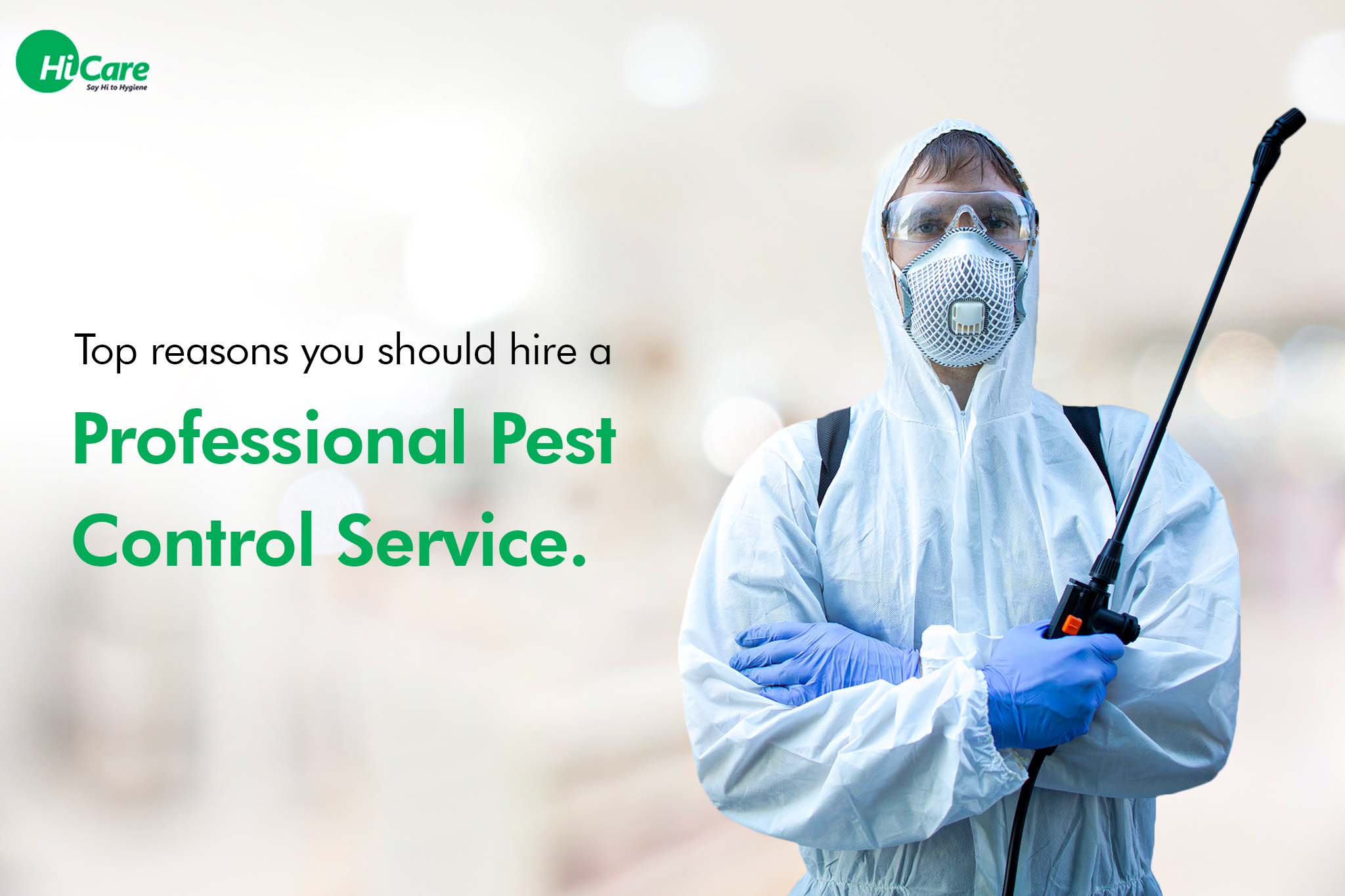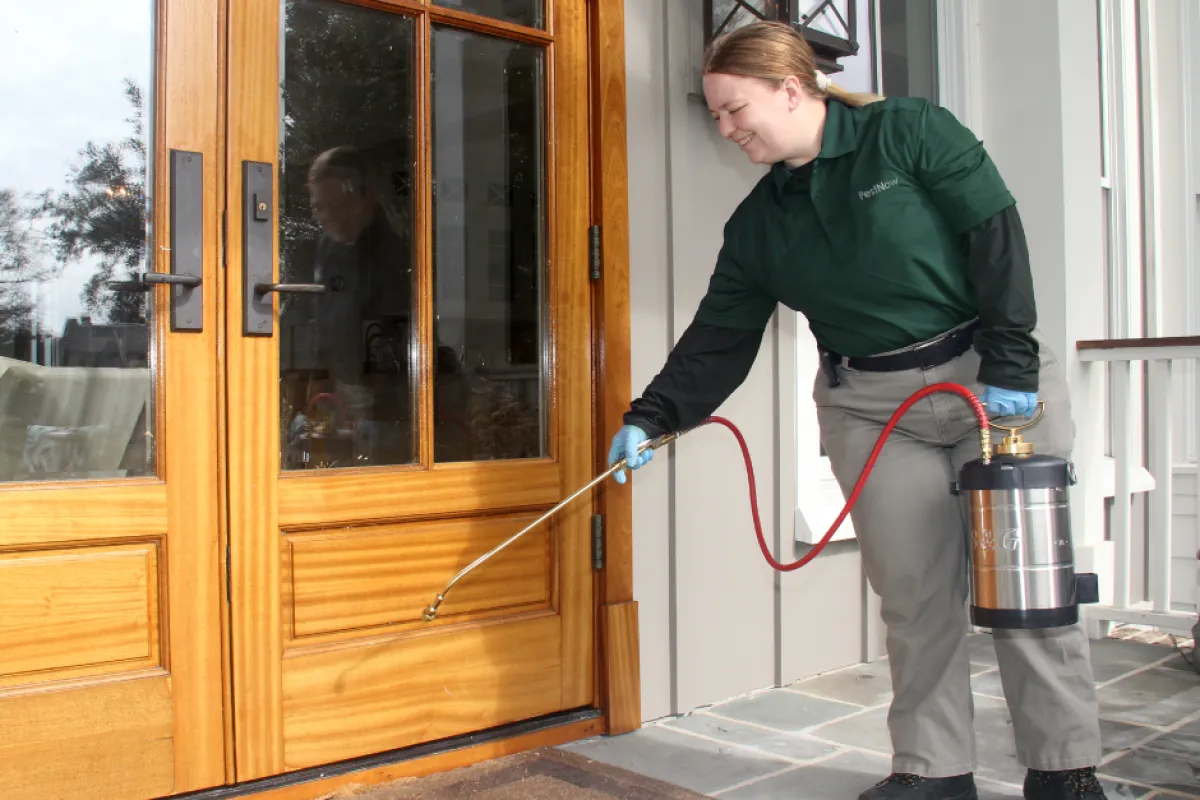Reliable A1 Bed Bug Treatment in Charlotte - Safe and Proven Approaches
Reliable A1 Bed Bug Treatment in Charlotte - Safe and Proven Approaches
Blog Article
Bed Insect Treatment Breakdown: Contrasting Chemical Vs. Non-Chemical Solutions
In the realm of pest control, especially when taking care of the relentless concern of bed insects, the option between chemical and non-chemical therapy services can be a crucial one. Both strategies offer distinctive benefits and downsides, influencing factors such as efficiency, security factors to consider, and overall expense. By analyzing the nuanced details of each technique, a more clear understanding of which course to go after in dealing with a bed pest infestation can be achieved.
Performance of Chemical Treatments
Chemical therapies for bed insect infestations have been commonly identified for their powerful and fast effectiveness in getting rid of these insects. When considering the effectiveness of chemical therapies, it is vital to understand that they can offer a quick and comprehensive remedy to a bed bug issue. Expert pest control specialists usually count on insecticides to target bed insects at different phases of their life process, including grownups, eggs, and nymphs. These chemicals commonly work by interrupting the bed bugs' worried system, bring about paralysis and ultimate fatality.
Additionally, chemical treatments have the benefit of offering residual effects, implying that they can remain to remove bed pests also after the initial application. This recurring activity is specifically beneficial in combating any prospective re-infestations. Additionally, the fast action of chemical treatments can bring relief to individuals facing serious bed pest infestations, enabling them to regain control of their home quickly.
Security Worries With Chemical Solutions
One critical facet that calls for careful consideration when making use of chemical solutions for bed insect treatment is ensuring the safety and security of residents and the environment. Direct exposure to certain chemicals used in bed pest treatments can lead to respiratory system concerns, skin inflammation, or other adverse responses, particularly in individuals with pre-existing conditions or sensitivities.
In addition, the ecological influence of chemical solutions is an additional considerable consideration. Some chemicals utilized in bed insect treatments may be damaging to helpful insects, wild animals, and communities if they seep right into the soil or water systems. It is important to utilize chemical therapies deliberately, complying with safety and security standards, and considering much less harmful choices to reduce these risks and guarantee the safe and reliable monitoring of bed pest invasions.
Benefits of Non-Chemical Techniques
Considering the potential safety and security worries and environmental effect connected with chemical services for bed bug treatment, exploring non-chemical methods provides a promising choice with numerous unique benefits. Non-chemical treatments are environmentally pleasant, as they do not add to air or water contamination, making them a sustainable choice for pest control.
Furthermore, non-chemical solutions can be effective in targeting bed insects, consisting of hard-to-reach locations where chemical treatments may not pass through - A1 bed bug exterminator charlotte. Approaches such as heat treatment, vacuuming, vapor cleaning, and bed mattress encasements provide extensive removal without the use of unsafe chemicals.
Limitations of Non-Chemical Treatments

Furthermore, non-chemical therapies frequently need numerous applications to achieve successful obliteration. This can be time-consuming and may not constantly guarantee total removal web link of all bed pests and their eggs, particularly in hard-to-reach or surprise areas.
Furthermore, the success of non-chemical therapies greatly depends on proper execution and thoroughness, which can be challenging for individuals without professional expertise. Inadequate application of non-chemical methods might cause insufficient removal, leading to persistent infestations and the demand for added therapies.
For that reason, while non-chemical therapies have their advantages, it is important to recognize these constraints and consider them when identifying the most effective technique for taking care of bed insect invasions.
Price Comparison: Chemical Vs. Non-Chemical Options
Offered the constraints associated with non-chemical therapies, a necessary facet to review in the context of bed bug monitoring is the price comparison between chemical and non-chemical options. In contrast, non-chemical therapies like warm treatment or vapor can be a lot more costly, with prices varying from $1,000 to $6,000 for an entire home. While the initial expense of chemical treatments may appear lower, several treatments might be required to fully get rid of the invasion, possibly raising the overall expense.
Conclusion

Considering the possible safety concerns and environmental impact linked with chemical services for bed insect therapy, exploring non-chemical techniques offers an encouraging alternative with a number of distinctive advantages.Given the restrictions associated with non-chemical treatments, a necessary element to review in the context of bed pest management is the price comparison in between chemical and non-chemical options. In contrast, non-chemical therapies like heat treatment or heavy steam can be a lot more expensive, with prices varying informative post from $1,000 to $6,000 read the article for an entire home. While the first expense of chemical treatments may appear lower, multiple treatments may be needed to totally get rid of the problem, possibly enhancing the general cost.In conclusion, when comparing chemical and non-chemical bed insect therapy alternatives, it is essential to think about effectiveness, safety, benefits, constraints, and cost.
Report this page